#Architectonica
Explore tagged Tumblr posts
Text

Monday 31 July Mixtape 347 “Astral Logo”
2023-07-31
Downtempo Cosmic Space Synth Wednesdays, Fridays & Sundays. Support the artists and labels. Don't forget to tip so future shows can bloom.
Architectonica-Logo 00:00
Uncle Fido-They Accuse Anyone 00:07
Cate Brooks-Curig 02:07
Orfeón Gagarin-Salmos Funiculares, Pt. 11 07:08
Alpha Chrome Yayo-The 19th Hole 11:55
Tomer Baruch-Bugs Fly 13:36
E Ruscha V-Breaking Clouds 16:27
Richard Norris-Gamma and Delta 21:36
Apta-TND 24:15
Alexis Lumière-The Ballad Of G.Threepwood 28:39
Dean Honer, Supreme Vagabond Craftsman-I Saw The Frogman 32:14
Binaural Space-Vintage Laser Harp 35:23
Benge-The Dreamer 36:21
Cole Pulice-Astral Cowpoke 40:07
#Architectonica#Uncle Fido#Cate Brooks#Café Kaput#Clay Pipe Music#Orfeón Gagarin#Artificial Owl Recordings#Alpha Chrome Yayo#Tomer Baruch#Animals and Synthesizers#E Ruscha V#Secret Circuit#Richard Norris#Apta#Alexis Lumière#ERR REC#Dean Honer#Supreme Vagabond Craftsman#Castles in Space#Binaural Space#Benge#Cole Pulic#Moon Glyp
3 notes
·
View notes
Text
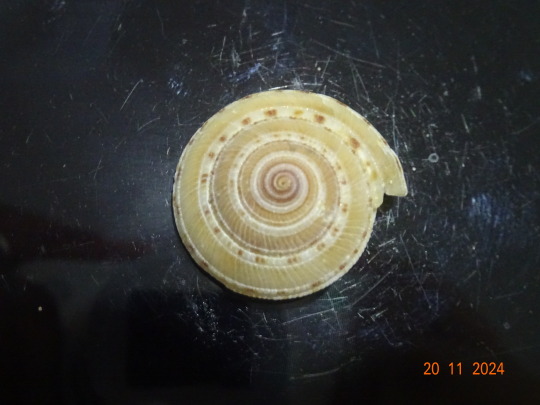
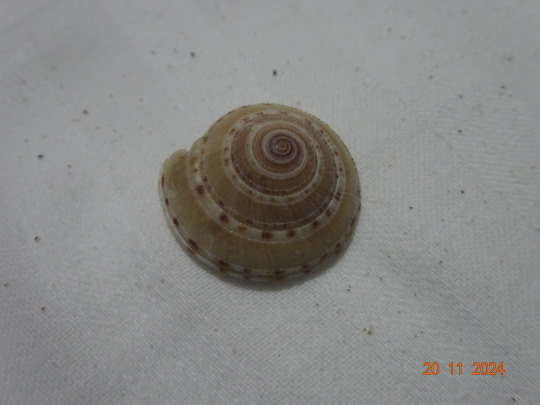
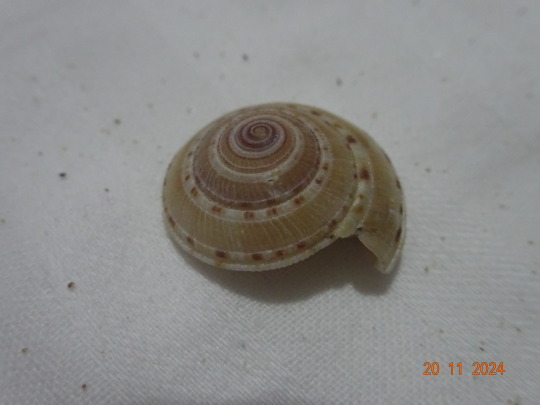
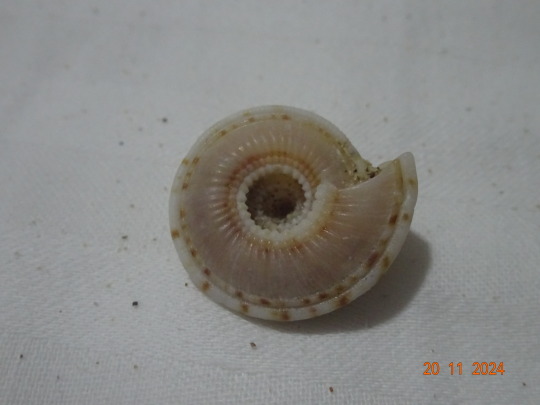
Architectonica perdix, Vung Tau beach, Vung Tau, Vietnam, October 18, 2024.
Weight: 2.20 grams; Diameter: 2 cms: Height: 1 cm.
Primarily lives on sandy bottoms at a depth of 10-60 meters.
Family: Architectonicidae; Genus: Architectonica; Class: Gastropoda
0 notes
Text
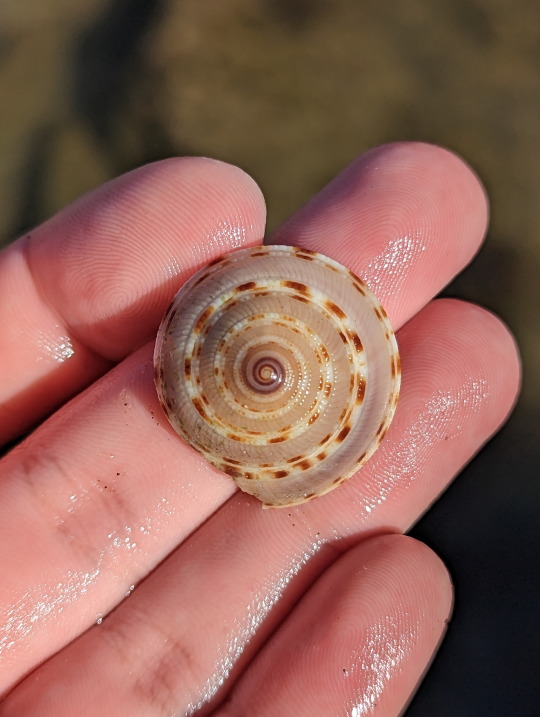
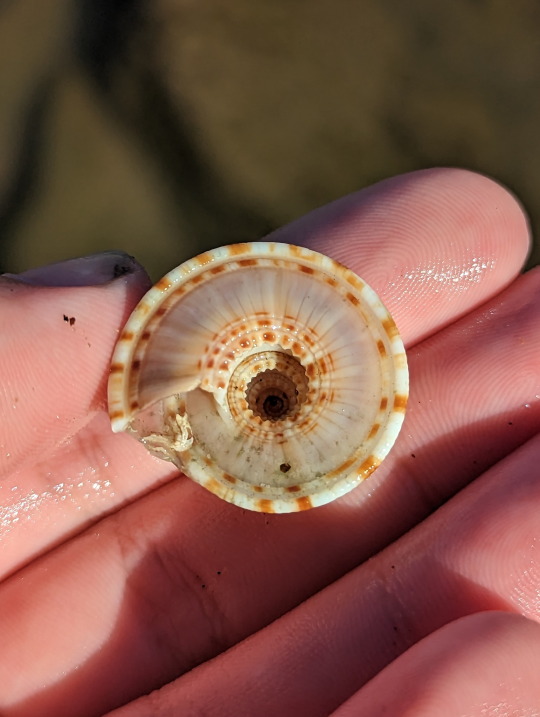
Gastropoda: Architectonica perdix


Gastropoda: Bembicium nanum
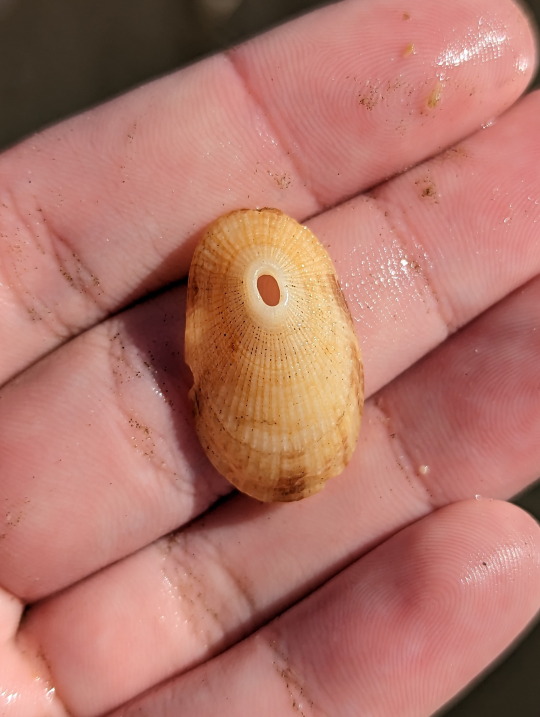

Gastropoda: Diodora singaporensis


Bivalvia: Spondylus sp.
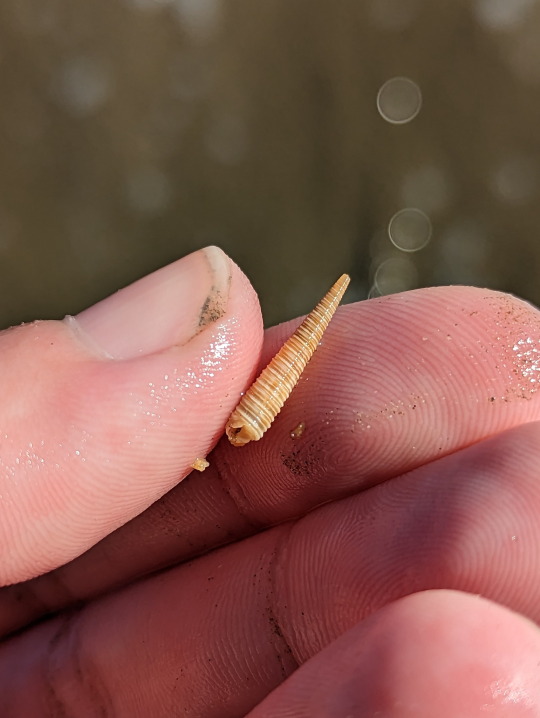
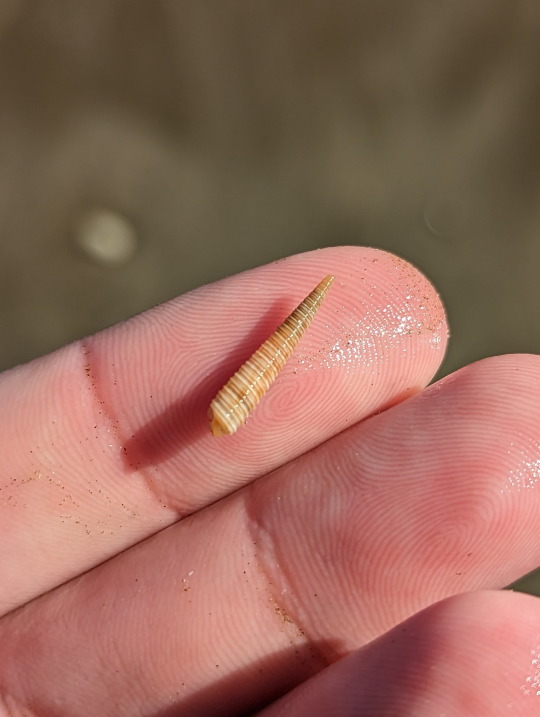
Gastropoda: Triphoridae sp.
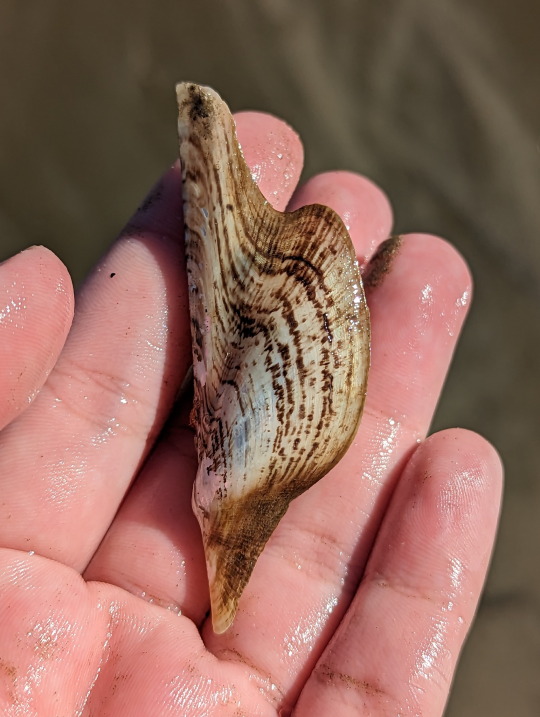
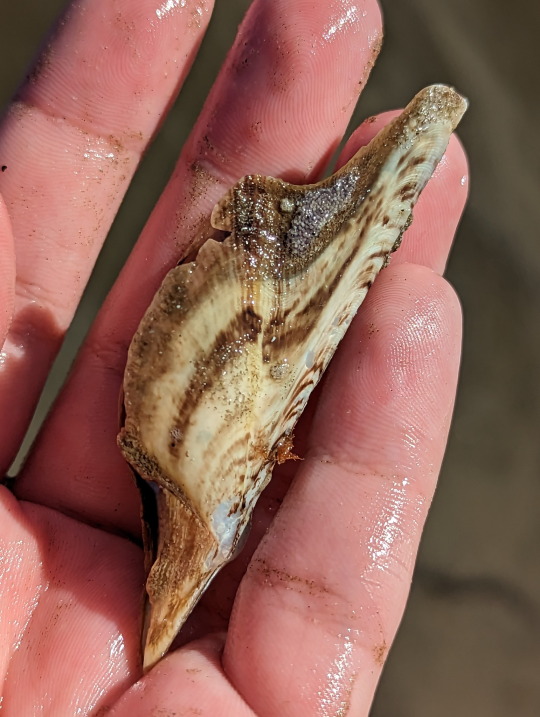
Bivalvia: Pteria sp.
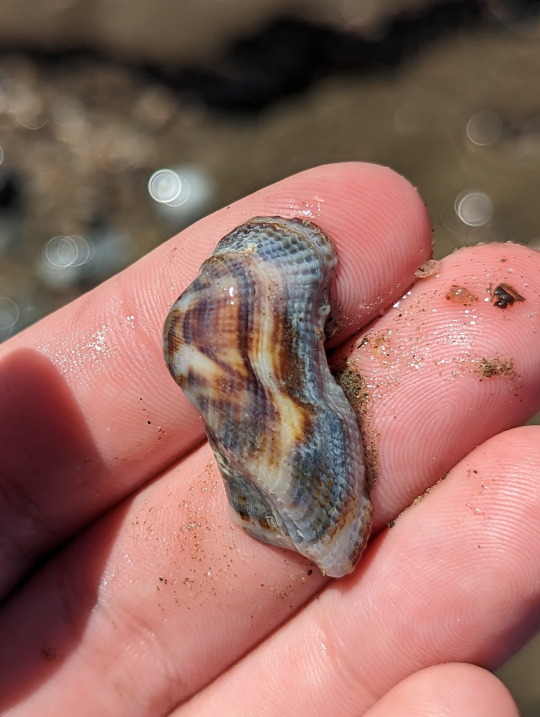

Bivalvia: Lamarcka avellana
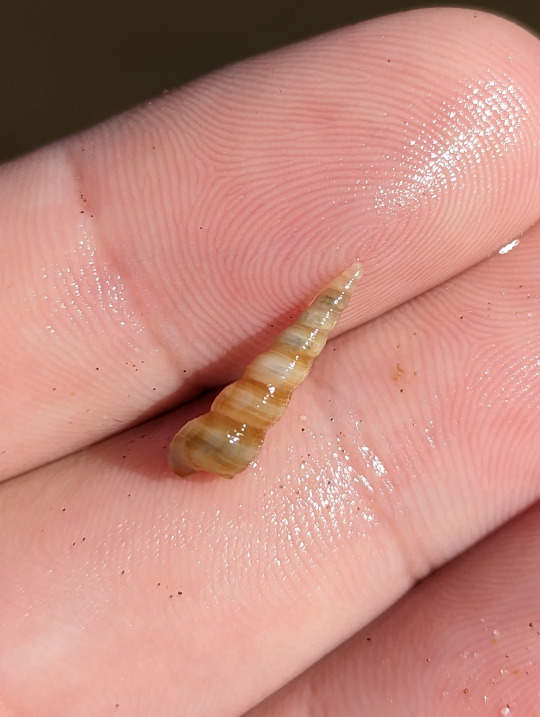
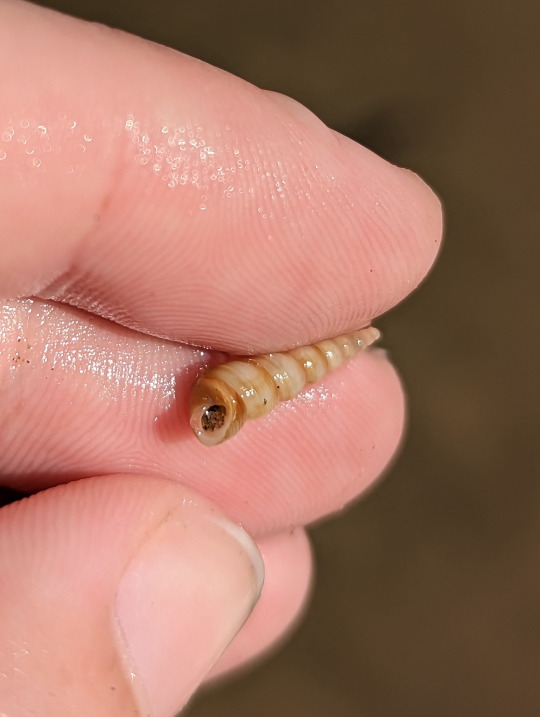
Gastropoda: Turritella terebra
Various shells collected in the Yeppoon area.
16/05/23 - Yeppoon shores
#gastropoda#invertebrates#invertblr#Architectonica perdix#Staircase Shells#Heterobranchia#Heterobranchs#Gastropods#Mollusca#Molluscs#shellfish#Turritella terebra#Screw Shell#Tower Snails#snails#snailblr#Caenogastropoda#Caenogastropods#Lamarcka avellana#Flying-Bird Ark#Arcidae#Ark Clams#Bivalvia#Bivalves#Pteria#unidentified#Winged Oysters#oysters#Triphoridae#Spondylus
16 notes
·
View notes
Text

🐚 My Shell List for Ocean Witchcraft
very long!
Cowrie Shell -- Prosperity, fertility, feminine energy, wealth - where to collect: Africa, Indian Ocean beaches
Scallop Shell -- Journey, pilgrimage blessings, protection - where to collect: Atlantic beaches (USA, Europe)
Conch Shell -- Call to spirits, awakening inner power, amplifying voice - where to collect: Caribbean, warm tropical beaches
Sand Dollar -- Spiritual rebirth, peace, trust in universal cycles - where to collect: Mexico, Florida, tropical sandy shores
Murex Shell -- Royalty, sacredness, defense magic - where to collect: Mediterranean, Indo-Pacific
Olive Shell -- Grace, smooth paths, grounding wishes - where to collect: Southeastern US, Australia
Auger Shell -- Psychic defense, focus, clarity - where to collect: Indo-Pacific, Florida, warm beaches
Wentletrap Shell -- Spirit communication, delicate energy, accessing dreams - where to collect: Shallow waters, Southeast Asia
Babylon Shell -- Abundance, rootedness, wisdom of ancestors - where to collect: Persian Gulf, India, Philippines
Triton’s Trumpet -- Powerful protection, summoning sea spirits, strength - where to collect: Indo-Pacific reefs, coral-heavy shores
Limpet Shell -- Adaptability, steady progress, emotional protection - where to collect: Rocky shores, tide pools worldwide
Nerite Shell -- New beginnings, resisting negativity, safe travels - where to collect: Caribbean, Florida, Indo-Pacific
Moon Snail Shell -- Intuition, hidden wisdom, psychic dreams - where to collect: Pacific Northwest (USA), colder beaches
Top Shell -- Personal growth, creativity, positive flow - where to collect: Mediterranean, Caribbean
Turritella Shell -- Ancient memory, ancestral connection, earth-sea balance - where to collect: Fossil beds, warm shallow waters
Sundial Shell (Architectonica perspectiva) -- Cosmic connection, time magic, spiraling growth - where to collect: Indo-Pacific, sandy shallow areas
Helmet Shell (some of my favorites!) -- Courage, spiritual shielding, warrior energy - where to collect: Indo-Pacific, Caribbean
Volute Shell -- Love, devotion, honoring vows (Great gift for your partner <3) - where to collect: Warm waters, Indian Ocean
Paper Nautilus (Argonaut Shell) -- Creativity, femininity, magical flight - where to collect: These are rarer than most, and they float! Mediterranean, Australia
Angel Wing Shell -- Fragile beauty, spiritual awakening, connection to dreams - where to collect: Gulf of Mexico, Florida, Caribbean
Slipper Limpet -- Subtle healing, balance between giving and receiving - where to collect: European and East Coast shores
Donax Shell (Coquina) -- Energy shifts, playfulness, social magic - where to collect: Southeastern USA beaches
Cockle Shell -- Friendship, love, carrying home’s blessings - where to collect: European beaches, Atlantic shores
Pheasant Shell -- Endurance, adaptability, balance of inner and outer selves - where to collect: Australia, New Zealand, Pacific beaches
Spindle Shell -- Manifestation of goals, swift change, ambition - where to collect: Indo-Pacific region, tropical beaches
Marginella Shell -- Financial luck, small blessings, quick positive changes - where to collect: West Africa, Indian Ocean
Ark Shell (clam) -- Courage to face emotional challenges, opening the heart - where to collect: East Coast USA, Gulf of Mexico
Cat’s Eye Shell (Operculum) (My favorite!!!) -- Spiritual gateway, protection during astral travel - where to collect: Washed up with dead shells (Sri Lanka, Australia)
Button Top Shell -- Inner balance, softening harsh emotions, emotional maturity - where to collect: Caribbean, Indo-Pacific
✨ Tips for Collecting Shells
Respect local laws: Some places protect shells, corals, and marine wildlife! Always check if it's okay to take them.
Ethical gathering: Only take empty, dead shells (never with a creature still inside).
Cleanse shells: Wash gently with water and sea salt before using them in spells or altars.
🐚 Shell Magic Ideas
Use cowrie shells in money bowls.
Sand dollars are amazing for transformation rituals.
Conch shells can be used as literal horns to call spirits or start a ritual.
Tiny auger shells make great protection charms to wear or carry.
Paper nautilus shells (if you can find one!!) are perfect for creativity and dream weaving magic.
other sites to use: Shelling tips , shell hunting in Texas , Where and when to find shells
Note: some shells match certain moon phases! Do extra research before using, and make sure the ones you're taking aren't still alive or home to a hermit crab! that can be a miniature trouble! especially if the snail inside is possibly poisonous or venomous.
#shells#sea shells#seashells#aquatic#pagan witch#witch#witch community#witchblr#witches#witchy#witchcraft#witchy vibes#wicca#wiccan#pagan#witches of tumblr#sea witch#ocean witch#ocean witchcraft#ocean water#ocean world#ocean shells#where to find#seashell#Sand dollar#tips#cowrie#scallop#conch#sealife
30 notes
·
View notes
Text
@knowledgemint
"The Thatcheria mirabilis and Architectonica perspectiva snails live in different oceans but their shell coils are identically inverted. They fit together because their coils follow the mathematical rule known as Raup's model."
46 notes
·
View notes
Text
Kevin Dann: Why Seashells Resemble Spiraling Galaxies and the Human Heart
From dissecting hearts to designing ornithopters, James Bell Pettigrew saw spirals as the blueprint of nature—but his grand vision was lost to history. The perspective sundial shell “Architectonica perspectiva” is now an endangered species. (photo: Citrus Reef) One halcyon spring day in 1903, the 69-year-old anatomist and naturalist Dr. James Bell Pettigrew sat at the top of a sloping street on…
0 notes
Text
Okinawa
Iniziamo dicendo che la lingua ufficiale è il giapponese.
Si trova a 29 ore da noi ed è 7 ore in avanti nel fuso orario.
Cosa dire per rappresentarlo meglio?
Quando si parla di Okinawa molti pensano soltanto all'isola principale ma in realtà l'arcipelago di Okinawa (Okinawa Shoto in giapponese) è composto da più di 160 isole, quasi tutte molto piccole e solo 49 abitate.
Possiamo dividere l'arcipelago in tre grandi gruppi di isole:
L'isola principale di Okinawa dove c'è Naha, il maggiore centro abitato della Prefettura di Okinawa, e le isole intorno (Okinawa Honto). Tra queste ci sono le Isole Kerama(Zamami, Aka e Tokashiki) e Kume.
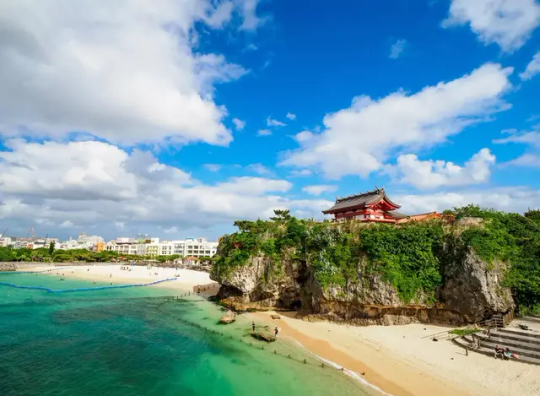
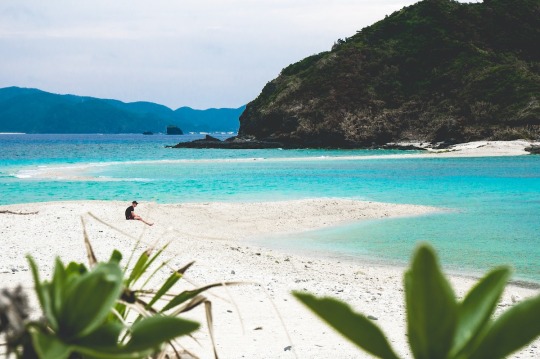
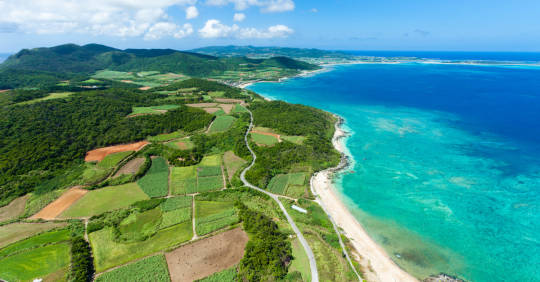
L'isola di Miyako (o Miyakojima) e le piccole isole circostanti (Miyako Retto).
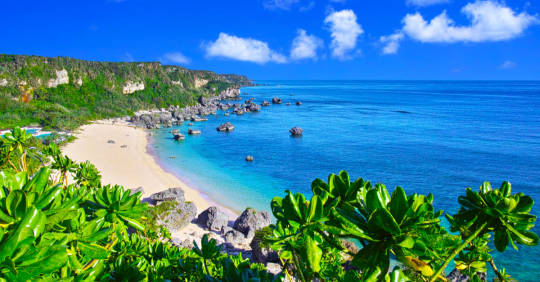
Le Isole Yaeyama che includono Ishigaki, Iriomote e Taketomi (Yaeyama Retto).
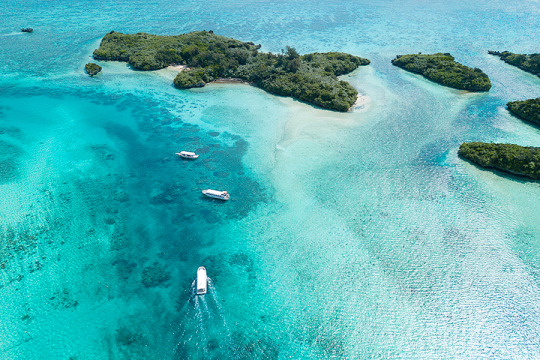
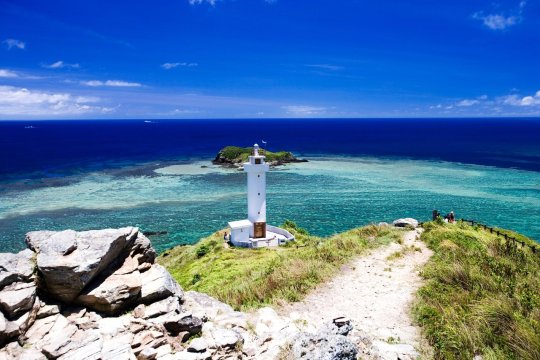
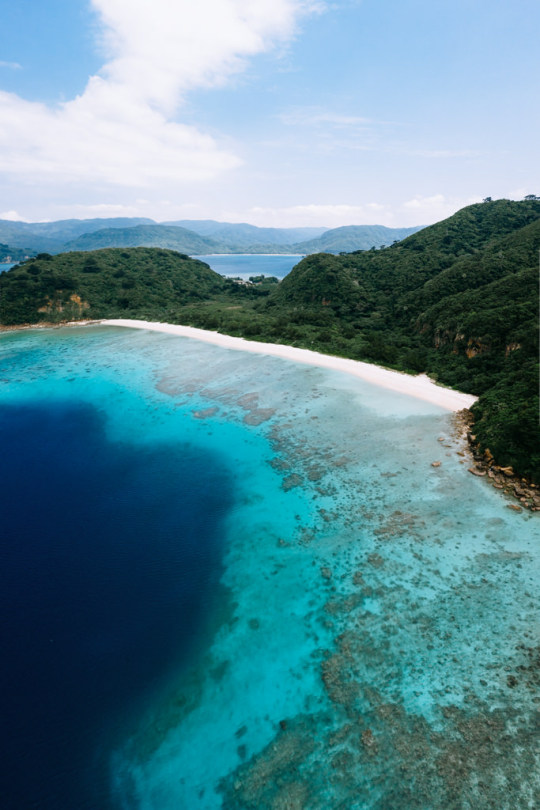
Questa è l’immagine dell’intera Okinawa
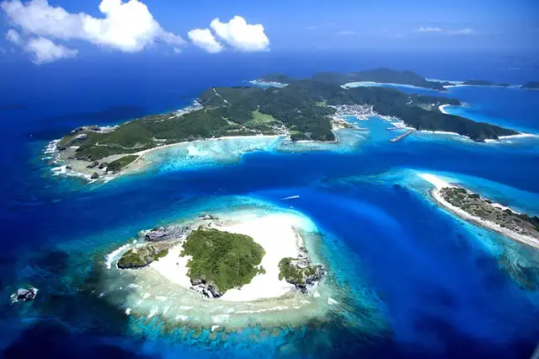
Cosa vedere nella prefettura di Okinawa? Dei consigli?
1)castello Shuri
2) Acquario Churaumi
3) Memoriale della Seconda Guerra Mondiale
4) Giardino Shikinaen
5) Cascata Hiji
6) Ocean expo Park
7) Villaggio Ryukyu (Ryukyu Mura)
1 castello Shuri
Il Castello di Shuri, situato nella prefettura di Okinawa, è un importante tesoro storico e culturale del Giappone. Costruito nel XIV secolo, è stato il centro politico e amministrativo del regno di Ryukyu. Dopo essere stato distrutto durante la Seconda Guerra Mondiale, è stato restaurato e ora è un sito UNESCO. Il castello è caratterizzato da magnifici giardini, ponti e strutture tradizionali, che offrono ai visitatori uno sguardo sulla ricca storia e cultura delle isole Ryukyu. È un luogo imperdibile per chi visita Okinawa, con la possibilità di ammirare la bellezza architettonica e apprendere la storia di questa affascinante regione.
IMPORTANTE: il castello è stato gravemente danneggiato da un incendio il 31 Ottobre 2019. Le autorità hanno intenzione di recuperarlo entro il 2026.
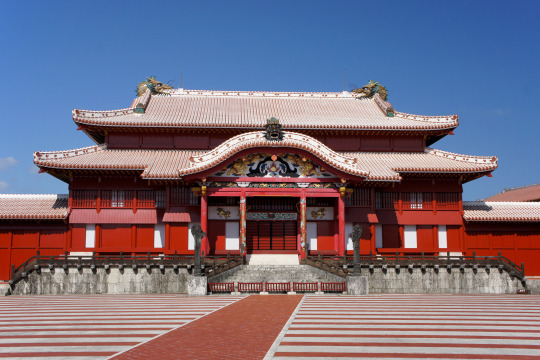

2 acquario Churaumi
L’Acquario di Churaumi, ubicato nella prefettura di Okinawa, è uno dei più grandi acquari pubblici del mondo. Tra le principali attrazioni dell’acquario c’è il tank Kuroshio, il secondo più grande al mondo, dove i visitatori possono ammirare lo spettacolo di grandi squali e mante nell’enorme vasca. L’acquario ospita anche la più grande collezione di coralli in esposizione al pubblico in Giappone e un’ampia varietà di creature marine locali ed esotiche. L’Acquario di Churaumi è una destinazione imperdibile per chi visita Okinawa e per gli appassionati della fauna marina di tutto il mondo.
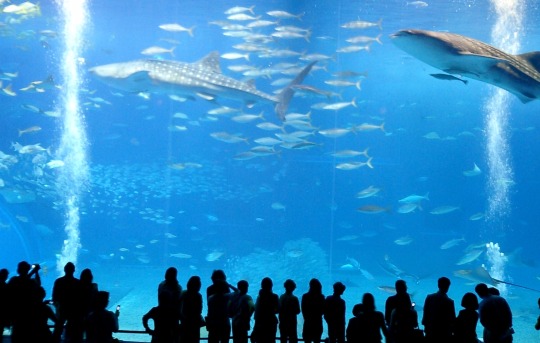
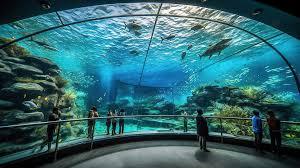
3 Memoriale della seconda guerra mondiale
Il Memoriale della Seconda Guerra Mondiale a Okinawa è un luogo di profonda importanza storica e culturale. L’Okinawa Memorial Park ospita il Peace Prayer Park, dove si trova un imponente monumento in memoria dei caduti durante la Seconda Guerra Mondiale. Il museo consente ai visitatori di scoprire gli orrori della guerra, con esposizioni di armi, equipaggiamenti militari e una dettagliata ricostruzione delle battaglie tra alleati e giapponesi. Il Memoriale della Seconda Guerra Mondiale a Okinawa è una tappa importante per chi visita l’isola, per onorare la memoria delle vittime della guerra e imparare dalle lezioni del passato.
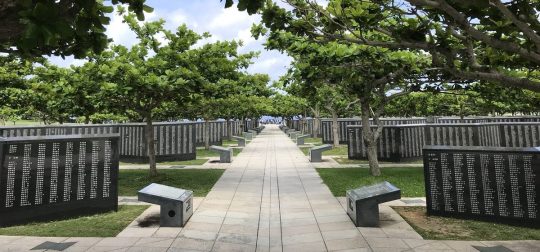
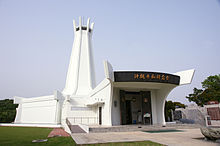
4 Giardino Shikinaen
Il giardino Shikinaen a Okinawa è un’attrazione imperdibile per gli amanti della natura e dell’arte giapponese. Era originariamente destinato a essere la residenza estiva dei re del Regno di Ryukyu. Il giardino è noto per la sua fusione tra il paesaggio naturale e le sculture architettoniche giapponesi, in cui elementi tradizionali si combinano armoniosamente con influenze cinesi. Alcune delle caratteristiche principali del giardino includono il lago artificiale, le cascate, le sculture e le piante rare. Il giardino Shikinaen rappresenta una preziosa eredità architectonica di Okinawa.
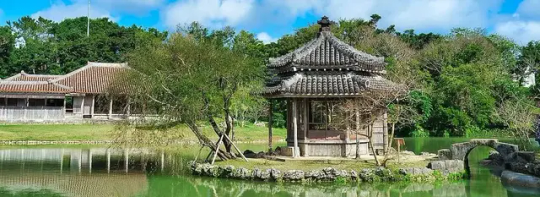
5 Cascata Hiji
La cascata Hiji a Okinawa è un paradiso naturale che offre una fuga dalla vita urbana. Situata nella regione di Yambaru, questa cascata incantevole regala una vista spettacolare e un’atmosfera serena. Circondata da una lussureggiante foresta tropicale, la cascata Hiji offre anche la possibilità di fare escursioni e godersi la natura circostante. Le acque cristalline e la cascata che cade dall’alto creano un ambiente rilassante e suggestivo. Un’esperienza da non perdere per chi desidera ritrovare la calma e la bellezza della natura durante la visita a Okinawa.
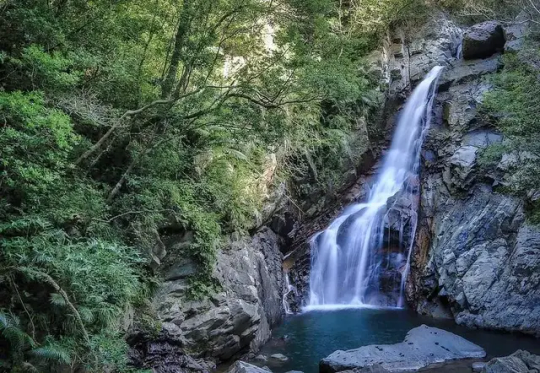
6 Ocean Expo Park
L’Ocean Expo Park a Okinawa è un luogo che rispecchia la bellezza marina della regione del nord dell’isola. Esteso su un’area di 2,5 km², questo splendido parco offre numerose attrazioni come lo spettacolare acquario Churaumi, uno dei più grandi del mondo. Il parco ospita anche un museo dedicato alla vita marina, un’isola tropicale con vegetazione lussureggiante, un giardino di orchidee e una torre panoramica. L’Ocean Expo Park è un’esperienza emozionante e educativa che unisce la natura e la cultura di Okinawa, rendendolo un must per i visitatori.
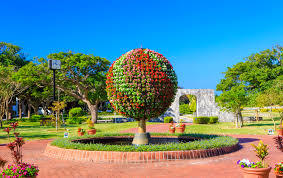
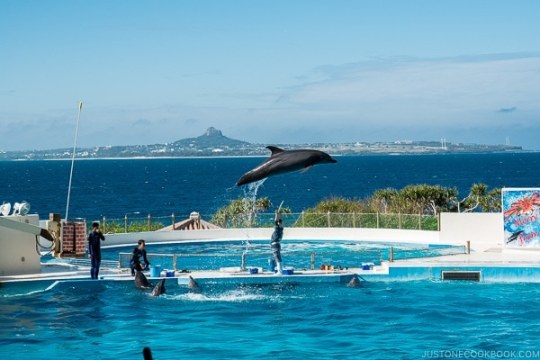
7 Villaggio Ryukyu (Ryukyu Mura)
Il Villaggio Ryukyu, noto anche come Ryukyu Mura, è un’esperienza culturale immersiva situata nell’isola di Okinawa. Questo affascinante villaggio storico offre ai visitatori un’opportunità unica di immergersi nella tradizione e nella cultura di Okinawa. Qui è possibile scoprire artigianato locale, spettacoli di danze tradizionali, costumi antichi e anche partecipare a workshop per imparare le antiche arti e mestieri. Il villaggio è un punto di riferimento per preservare e promuovere l’eredità culturale dell’isola, offrendo ai turisti un’esperienza autentica e coinvolgente di Okinawa.
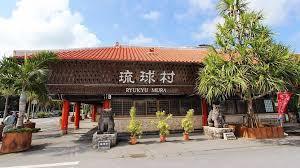
Cosa mangiare di tradizionale?
la particolarità di Okinawa e quanto allungo vivano i suoi cittadini grazie all’ambiente e il cibo del territorio.
Goya Chanpuru (cetriolo amaro con tofu, maiale e uova)
Rafute (pancetta di maiale in salsa di soia e zucchero di canna)
Nakami JIiru (zuppa di maiale e intestino tenue)
Okinawa soba (spaghetti di grano tenero)
Awamori (bevanda alcolica)
Riso Taco (carne macinata con riso, formaggio e salsa)
Umi-Budo (alghe)
Sukugarasu (tofu con pesci salati e sott’aceto)
Tofuyo (tofu fermentato)
Jimami Dofu (budino di arachidi)
Sata Andagi (dolci di pastella)
Zenzai (dessert ai fagioli rossi e gnocchi)
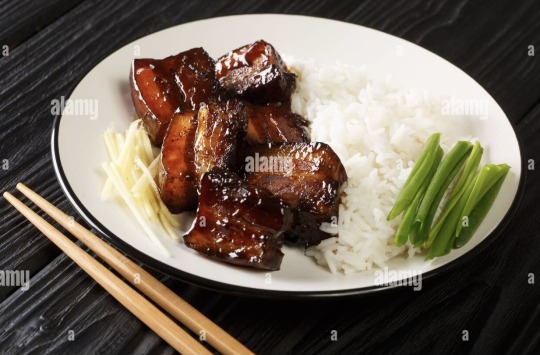
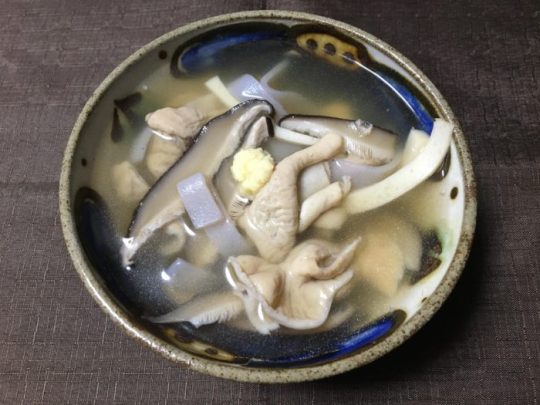
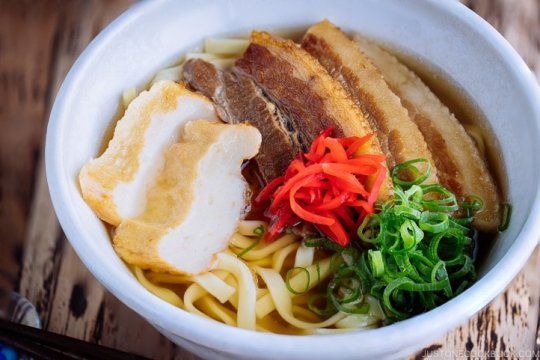
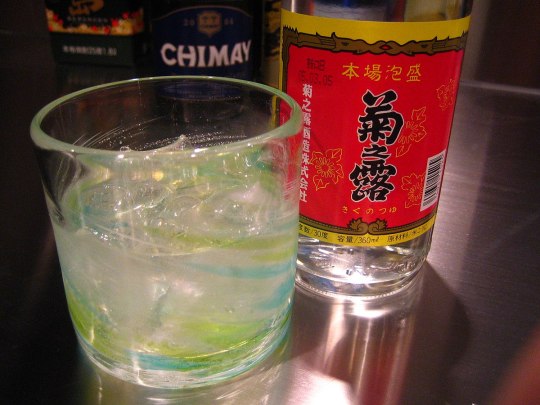

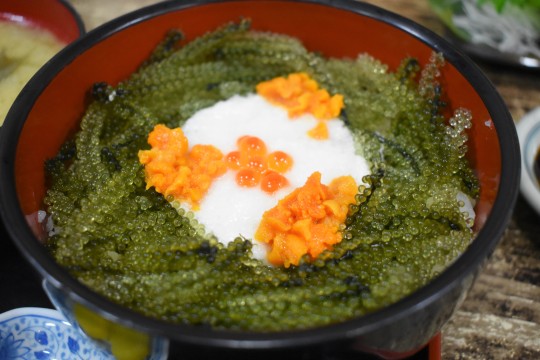
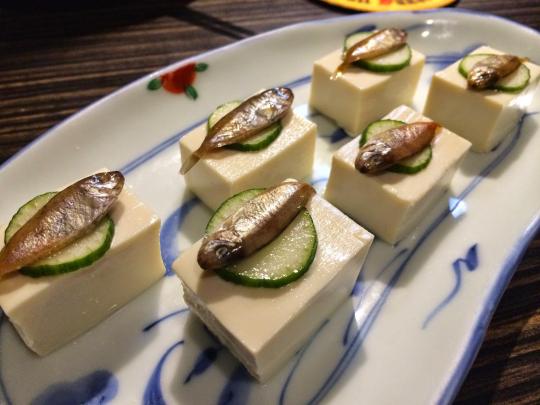
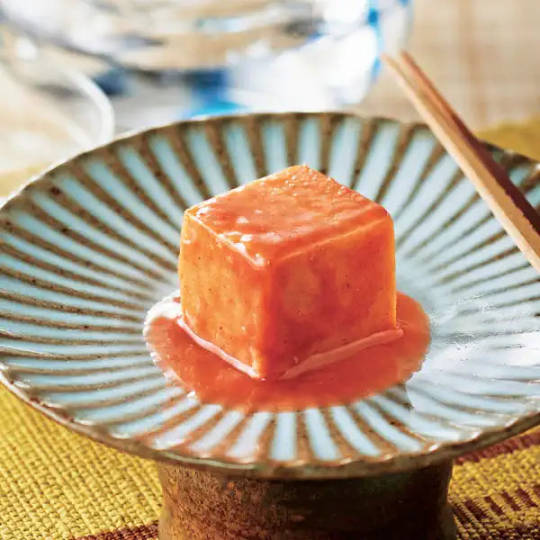
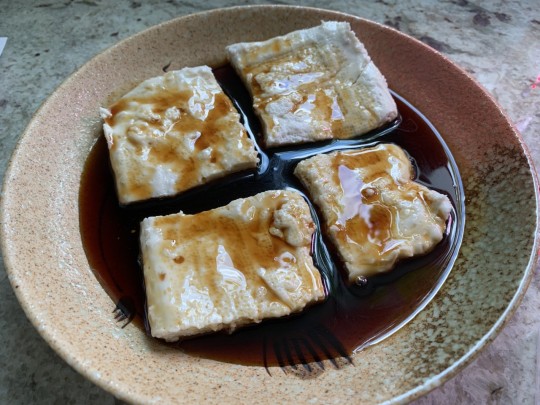
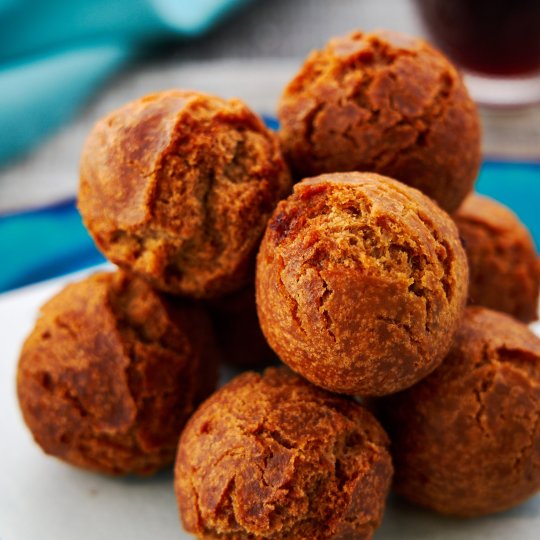
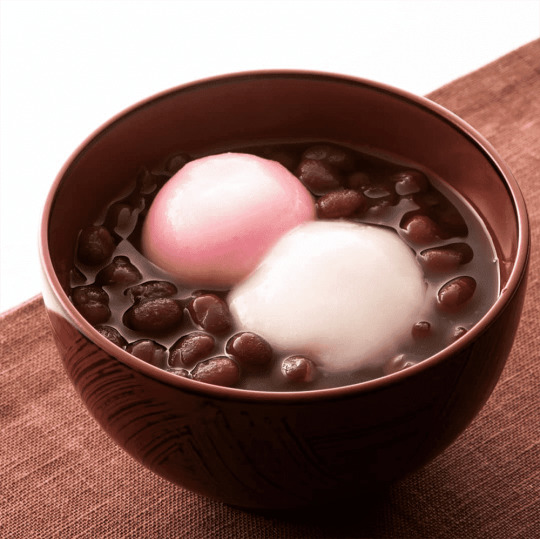
0 notes
Text
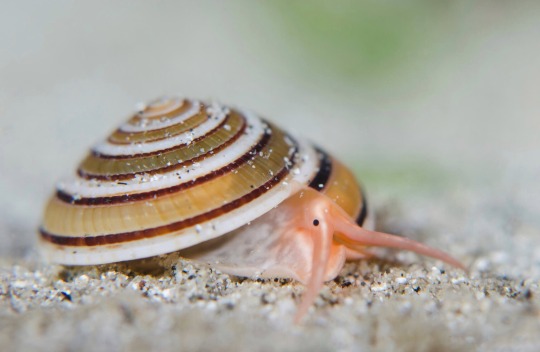
Clear Sundial Snail (Architectonica perspectiva) Lombok, Indonesia by Irwin Ang
1 note
·
View note
Text

Porque es más que muros, son ideas, creatividad, amor e historias.
#architecture#arquitectura#alberto campo baeza#frases de arquitectura#varia architectonica#archilover#arquilover
1 note
·
View note
Text
Andres Duany at TAG 4.2
Andres Duany at TAG 4.2
Members of the TradArch list gather in Charleston for the first TAG. (photo by author) The architect and planner Andrés Duany, who was a founder of the Congress of the New Urbanism back in the 1990s, gave the final lecture at the fourth session of TAG 4.2, this year’s gathering of classicists, which has been rebranded by the Classic Planning Institute as the Stoa – an ancient Greek word for…
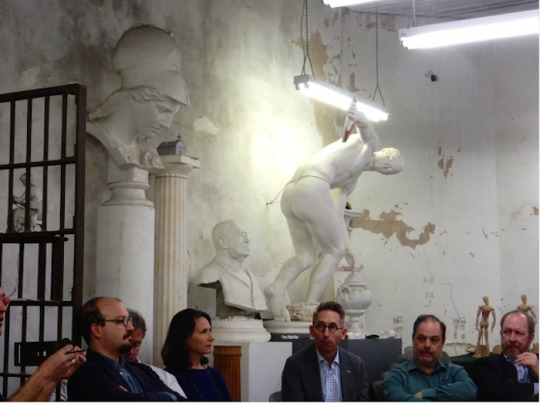
View On WordPress
#Andres Duany#Classic Planning Institute#Congress of the New Urbanism#Driehaus Award#Heterodoxia Architectonica#New Urbanism#Recall to Order#Stoa#TAG#Treatise
0 notes
Note
Do you have a favourite snail?
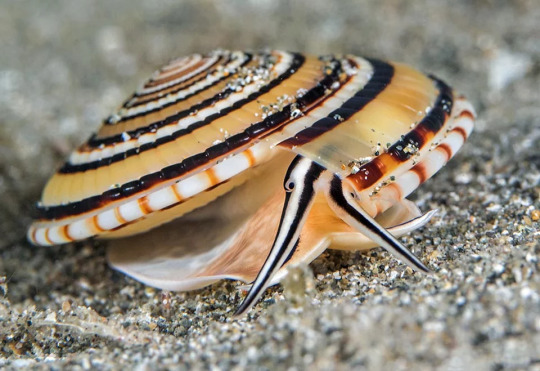
© Rafi Amar
in case you didn't go and google what Siva and Noor find in episode 4, this is the Architectonica perspectiva, with its adorable stripes
otherwise, i took these photos of marine snails before that i find interesting to look at
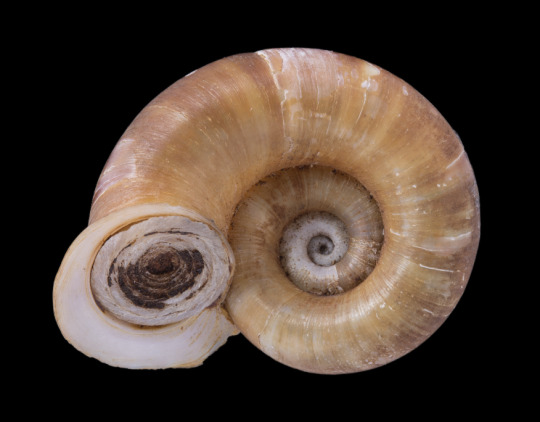
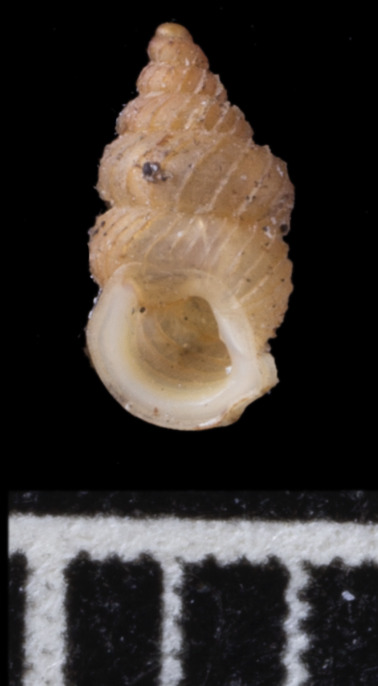
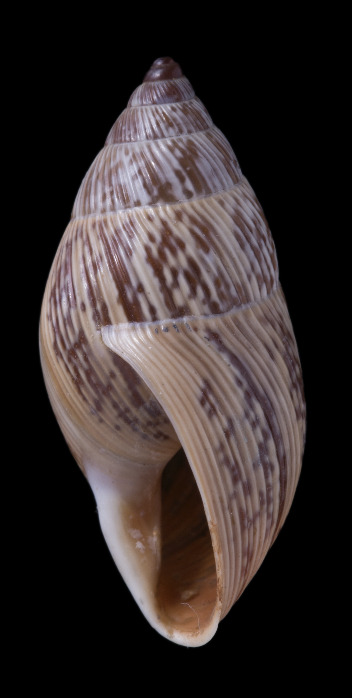
© The Trustees of the Natural History Museum, London
In order, Cyclotus boxalli; Diplommatina busanensis; Buliminus (Achatinelloides) hadibuensis. (That middle one is 2 mm big. it was a fucker to photograph)
The plate thing on that first guy is a Operculum, which is like a trapdoor that fits in the aperture (opening) of the shell, mostly to stop the lil guy inside from drying out
#nemo martin is published in more fish & snail journals as a photographer than as a writer lmao#ask nemo#trice forgotten#snails
51 notes
·
View notes
Link
I’m currently updating my voice reels and online CVs and all that, and I wanted to see what the fandom wiki had to say about William Henry Baker Blair (extremely minor character in Trice Forgotten, and possibly the only white, cis person in the show not to be an outright arsehole - although he’s otherwise about as privileged and ignorant as you’d expect, sadly). I was NOT expecting this, and I would like to thank whoever made this entry for giving me the best laugh today.
(Technically, William was written as a Scottish, cis man, but I really do like your interpretation, especially of his gender.)
10 notes
·
View notes
Text

Holiday house, Taipas, Braga; 2002-2006. Paulo Providência @paulo_providencia
Photography: Alberto Plácido
.
Reference: Paulo Providência, Architectonica Percepta, Texts and Images 1985-2015; Park Books
.
#architecture #pauloprovidencia #architectonicapercepta #catalogue #visualreference #observations_and_reflections
28 notes
·
View notes
Photo


Sundial Snail, Architectonica perspectiva by budak
990 notes
·
View notes
Text
seashells as tools
(… from Sandra Kynes' Sea Magic, 2008)
The most natural, and obvious, tool for Sea Magic is the seashell. On the most basic level, you realty only need one shell to hold sea water, but additional ones on your altar can help boost energy and serve other functions, too. And they do not have to be extravagant or exotic specimens. As you will see, even a broken shell can hold wonderful energy.
As a water vessel, a scallop, clam, or cockle shell works well. So does a chambered nautilus, placed in a shell stand that holds it securely with the opening pointing up. This idea has been around for a long time: eighteenth-century goldsmiths created elaborate chalices from nautilus shells. But as an altar vessel it is needlessly large. In addition, the nautilus is endangered, so unless you already happen to have one I would not recommend getting it for this purpose.
Shells can also hold sand or sea salt; consider a scallop, clam, mussel, or cockle. If you find a complete shell with its hinge ligament intact, it can be used for a unique presentation of other small shells.
Although some shells may seem extremely delicate, most are rather tough. They have to be to prevent attacks from predators and to withstand the constant knockabout in the tides. Many of them handle heat well and can serve nicely as incense burners. (Be sure to set them on a heat-resistant tile or surface before lighting.) I have a six-inch-wide clam shell that I frequently use for this purpose. When it's not in service on my altar, it sits the other way around on a table in my living room. It's a beautiful and simple shell, but if you pick it up and turn it over you see the blackened area on its inner surface.
Consider letting shells represent the compass points on your altar: navigating the seas requires knowledge of the directions. Certain shells are especially suitable.
Shells for the Cardinal Directions
West: Represents dusk and the element water. Water is a force that shapes our physical world and symbolically cleanses our souls. Use a shell with the colors of the setting sun or one filled with water.
North: Represents night and the element earth. Earth is the solid foundation of our world. Use a dark-colored moon shell, a sand dollar, or a starfish. Unlike fish and other ocean dwellers, these critters spend their time in contact with the earth on the ocean floor.
East: Represents dawn and the element air. Air is the breath of life. Use shells the color of the rising sun. A yellow or pink scallop can represent radiant beams of light. Alternatively, jingle shells are delicate and light as a breeze.
South: Represents midday and the element fire. Fire is the spark of spirit that burns within us and connects us with the Divine. Use a white clam shell the color of the noonday sun which can also serve as an incense burner.
Seashells can be used in the same way crystals and gemstones are used. and vice-versa. Coral and pearls, too, can be used in place of shells.
Many legends note that magic mirrors were used by undines and mermaids. Gluing seashells or sea glass around a mirror frame is a way to create a scrying tool. However, that is about as far as I would go with “decorating” items for Sea Magic. I agree with Veronica Parker Johns, who noted that seashells don't have to, “do something or be done unto rather than merely being allowed to be.” After all, we find them on the beach. They simply are, and that is their beauty and power.
Shells offer potent visual symbols, too. The round single-shelled mollusks that sport a spiral design—such as the Moon Snail (Polinices duplicatus), Giant Sundial (Architectonica maxima), Ram's Horn (Marisa cornuarietis), and Common Periwinkle (Littorina littorea) — are particularly relevant on a sea altar. The spiral is one of the oldest and most enduring symbols of the Great Mother Goddess. On a seashell, of course, it represents Mother Ocean.
The yoni symbol of female (pro)creative power has been linked with the cowry shell (Cypraea moneta or C. annulus) since ancient times. Shells that represent male energy include the Florida Horse Conch (Pleurovloca gigantean), Crown Conch (Melongena corona) with its strong bull-like horns, and the giant Eastern Murex (Hexaplex fulvescens). A Pink Conch, also called a Queen Conch [Strombus gigas), and a Horse or a Crown Conch together on an altar represent the balance of male and female energies.
(pages 56-58)
19 notes
·
View notes
Photo

The new re:invented Miami Beach Convention Center #openingtomorrow #miamibeachconventioncenter #artbaselmiami2018 #fentressarchitects #architectonica #west8 #design #gotravelmen #travel #conventioncenter #buildingsthatinspire #10Best #miamistyle (at Miami Beach Convention Center) https://www.instagram.com/p/BrBdK2Vgk5h/?utm_source=ig_tumblr_share&igshid=1mwhjjvvht1rf
#openingtomorrow#miamibeachconventioncenter#artbaselmiami2018#fentressarchitects#architectonica#west8#design#gotravelmen#travel#conventioncenter#buildingsthatinspire#10best#miamistyle
0 notes